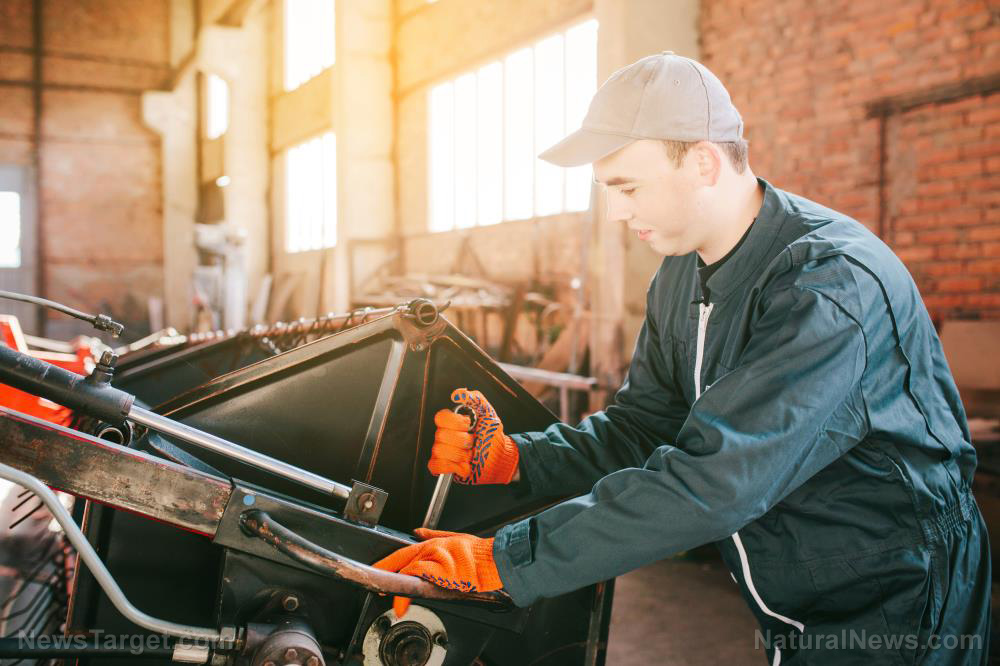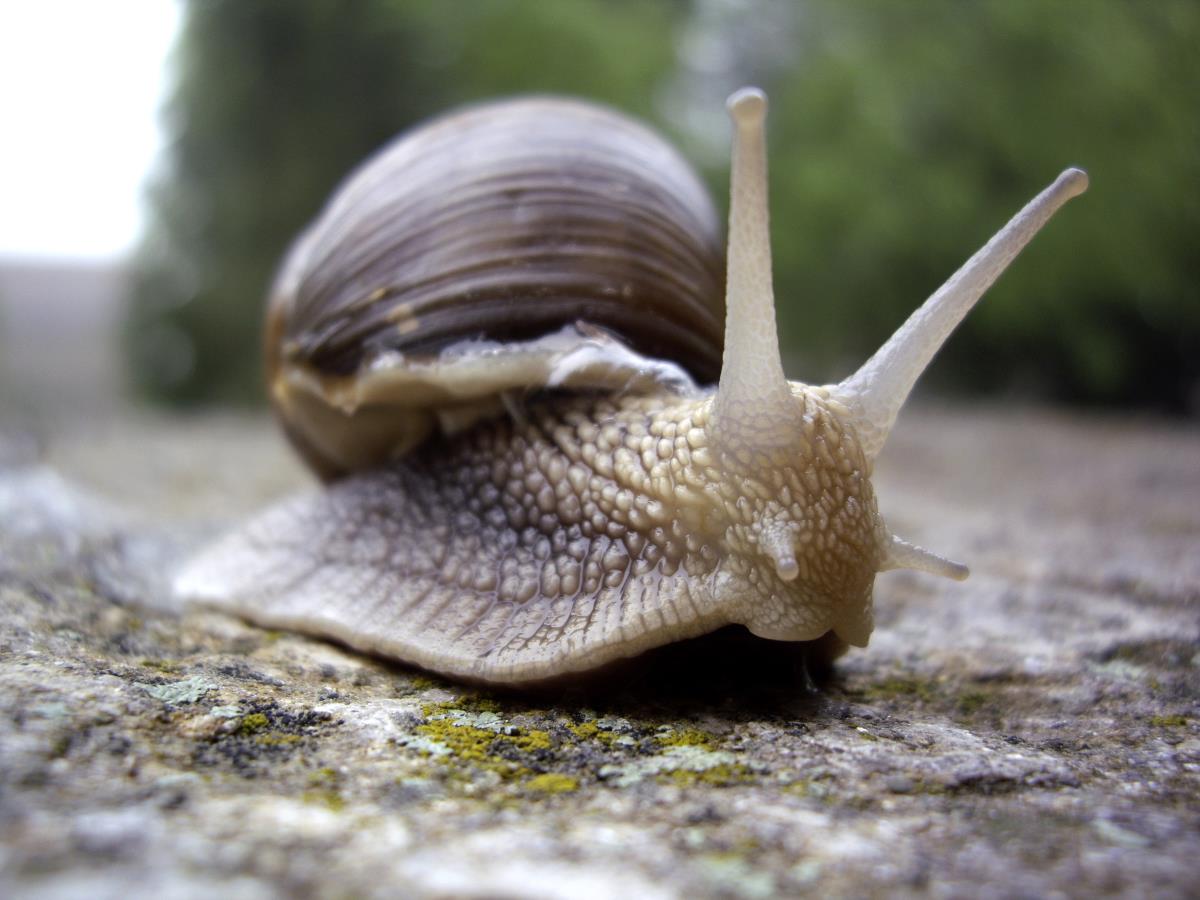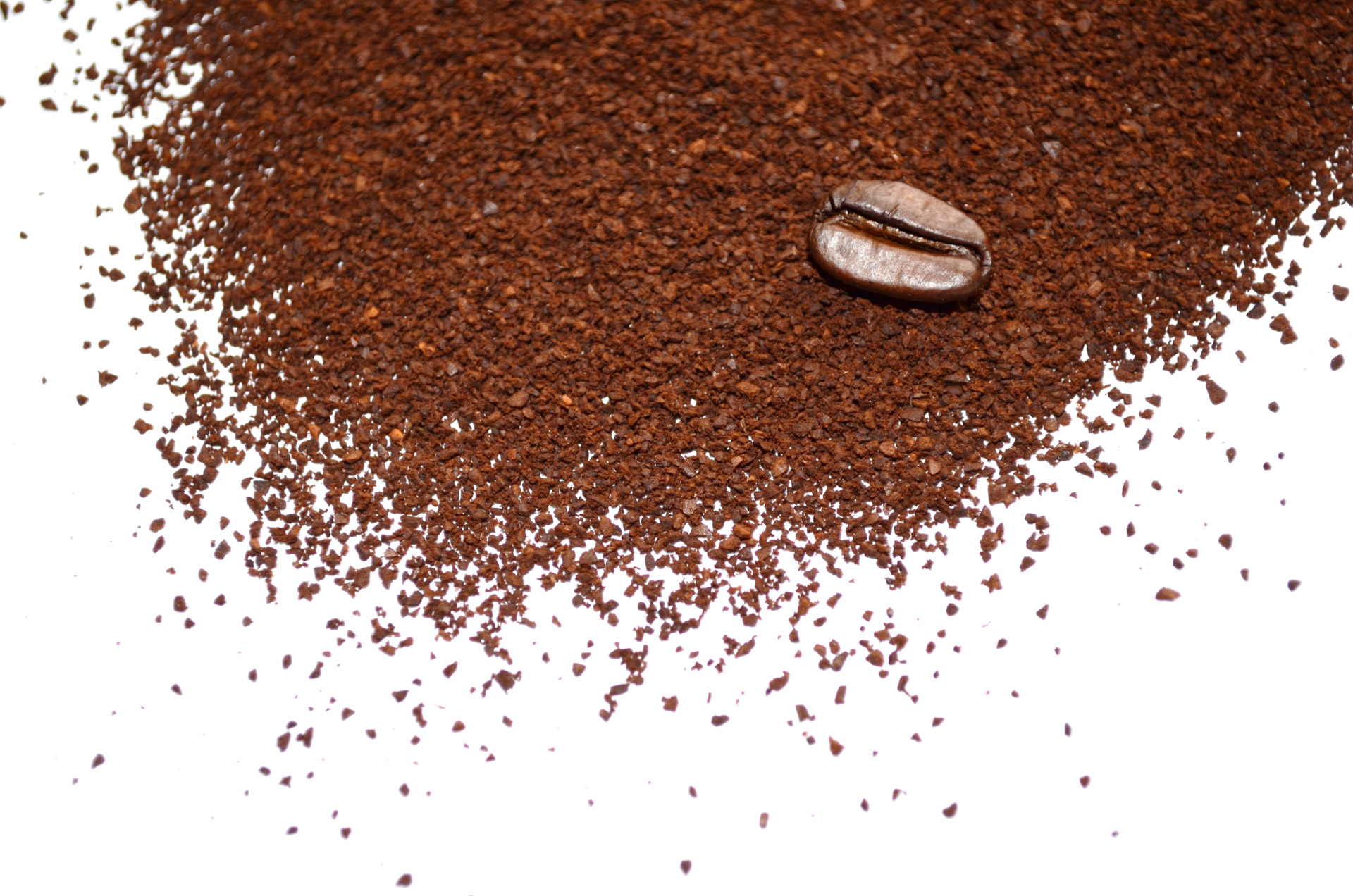Home gardening tips: 17 Veggies you can grow in buckets
02/04/2022 / By Zoey Sky

If you live in a small home or a cramped apartment, you don’t need to give up your dreams of having your own garden. You can start your journey to self-sufficiency by growing nutritious vegetables in a bucket garden. (h/t to UrbanSurvivalSite.com)
Tips for starting a bucket garden
If you use buckets, you can easily move your plants inside during a frost, heavy rain or wind storm. The buckets will also make it easier to bring out your plants into the sunshine during spring.
Use a food-grade bucket because using old buckets that may have been used to store toxic substances can cause chemicals to leech into the plastic.
Look for food-grade buckets at local restaurants that may give away buckets that once stored food items. Alternatively, you can purchase new food-grade buckets online or from big box stores.
Aside from buckets, you will also need other gardening staples, such as:
- Plants or seeds – In some cases it’s better to start live plants in containers instead of seeds.
- A growing medium (potting mix or potting soil) – Don’t buy garden soil for your containers. Instead, make your own potting mixes that are designed to allow for drainage, which is important for container growing.
- Plant stakes or cages – Some plants like cucumbers and tomatoes need stakes or cages.
Once you get your food-grade buckets, prepare them for planting. Drill or punch a few holes in the bottom of the bucket. One hole about every three inches should do it.
Leave about two inches of loose gravel in the bottom of the bucket for better drainage. Then fill the buckets with a high-quality potting soil mix that includes peat moss and compost. Leave enough room for the plants themselves.
Plant either seeds or starter plants in five-gallon buckets. Water your crops well and check for the soil’s moisture level for further watering. Container plants usually need daily watering during summer because they can dry out rapidly. (Related: Home gardening tips: 8 Small space gardening options that won’t break the bank.)
Here are 17 of the best vegetables to grow in five-gallon buckets:
Beans
Both pole beans and bush beans will grow well in buckets.
- Pole beans, which are tall, vining beans, need trellis or pole supports for the vines inserted into the bucket before you sow the seeds to prevent damage.
- Bush beans, which leaf out, not up, don’t require support. Try growing three plants per bucket.
Beetroot
Beetroots adapt well to buckets. Sow some seeds every couple of weeks from spring through early July for a continuous harvest.
Carrots
Standard carrots need a deeper container other than a bucket, but some short varieties will thrive in containers. Sow seeds at least two to three inches apart and keep the bucket in a sunny location.
Chilies
Chili plants thrive in warm and sunny areas, but they can adapt to a bucket kept in a sheltered spot that receives direct sunlight. Keep buckets indoors if there is any chance of frost.
Cucumbers
Bush-type cucumbers can be grown in five-gallon buckets full of a light, rich blend of compost, peat moss, or coconut coir and perlite. Water well.
Add a trellis or a tomato cage to help the cucumber plant grow up, not out. Water cucumbers thoroughly.
Green onions
Green onions, also called spring onions or salad onions, don’t need deep soil, making them perfect for bucket gardening. Sow onions half an inch deep into a bucket every few weeks from early spring through fall if you want a season-long supply.
Keep green onions watered in hot, dry weather.
Herbs
Kitchen herbs like mint, oregano, parsley, rosemary, sage and thyme will thrive in a five-gallon bucket. You can let one plant spread and grow in one bucket.
Keep basil and coriander on your kitchen windowsill.
Lettuce
Most types of lettuce will grow very well in a five-gallon bucket. Plant as many as four heads per bucket.
Melons
Melons need space to grow so it’s best to plant only one melon plant per five-gallon bucket. Select dwarf bush varieties that will grow well in containers.
Okra
A single okra plant can grow well in a five-gallon bucket. Use well-drained soil and add holes in the buckets to make sure water is adequately draining as the plant grows.
Onions
Regular onions can be grown in buckets, but they need at least three inches of open soil around them to develop properly. Leave two to three onions per bucket.
Leave the bucket where it will receive plenty of light and fertilize regularly.
Peppers
Sweet peppers like Bell-Boy, Gypsy and Sweet Chocolate and hot pepper varieties such as Cubanelle, Jalapeno and Red Cherry grow best in buckets. Grow one plant per bucket.
Potatoes
Potatoes can grow in buckets because they need depth, not space.
Radishes
Plant at least 10 radish plants per five-gallon bucket. Sow the seeds about one inch deep and an inch apart. You can harvest the radishes after over a month. Re-sow for a continuous supply of radishes.
Swiss chard
Sow Swiss chard seeds an inch deep and thin out the seedlings as needed. Harvest regularly and cut away the outer leaves first.
Tomatoes
Cherry or bush tomatoes grow well in containers. Tomato plants require even watering.
Tomatoes are very susceptible to frost. Fertilize with high-potash fertilizer designed for tomatoes for better yield.
Support the plants with stakes or a cage as they grow. Water thoroughly but don’t leave puddles because the tomatoes will crack and split.
Zucchini
Zucchini plants need space to grow so choose compact zucchini varieties such as Eight Ball, Geode, Jackpot hybrid, or Raven.
Use food-grade buckets to grow vegetables in your own garden even if you don’t have a lot of space at home.
Sources include:
Submit a correction >>
Tagged Under:
bucket gardening, container gardening, emergency food, food independence, food supply, green living, home gardening, homesteading, how to, indoor gardening, off grid, preparedness, prepper, prepping, small space gardening
This article may contain statements that reflect the opinion of the author
RECENT NEWS & ARTICLES
OrganicFarming.News is a fact-based public education website published by Organic Farming News Features, LLC.
All content copyright © 2018 by Organic Farming News Features, LLC.
Contact Us with Tips or Corrections
All trademarks, registered trademarks and servicemarks mentioned on this site are the property of their respective owners.



















